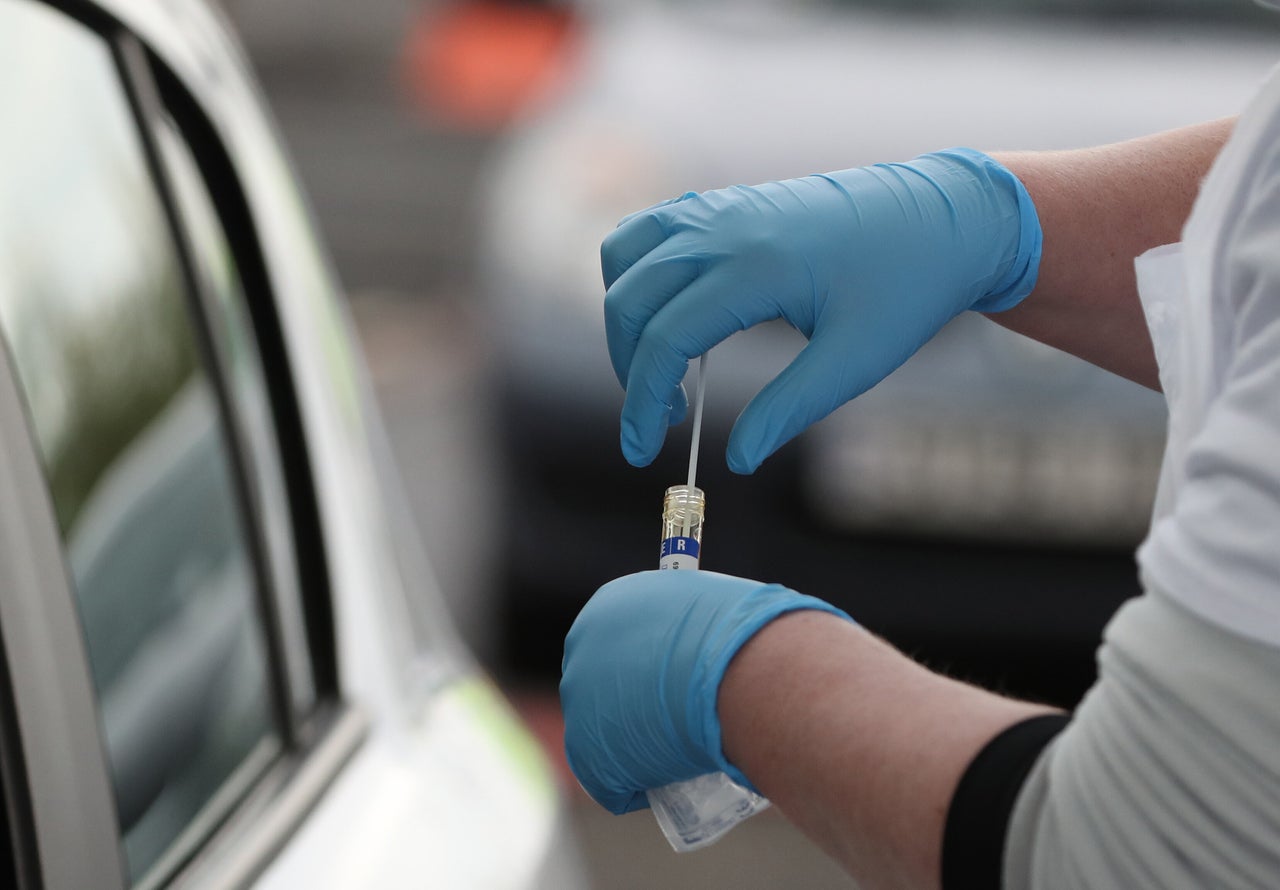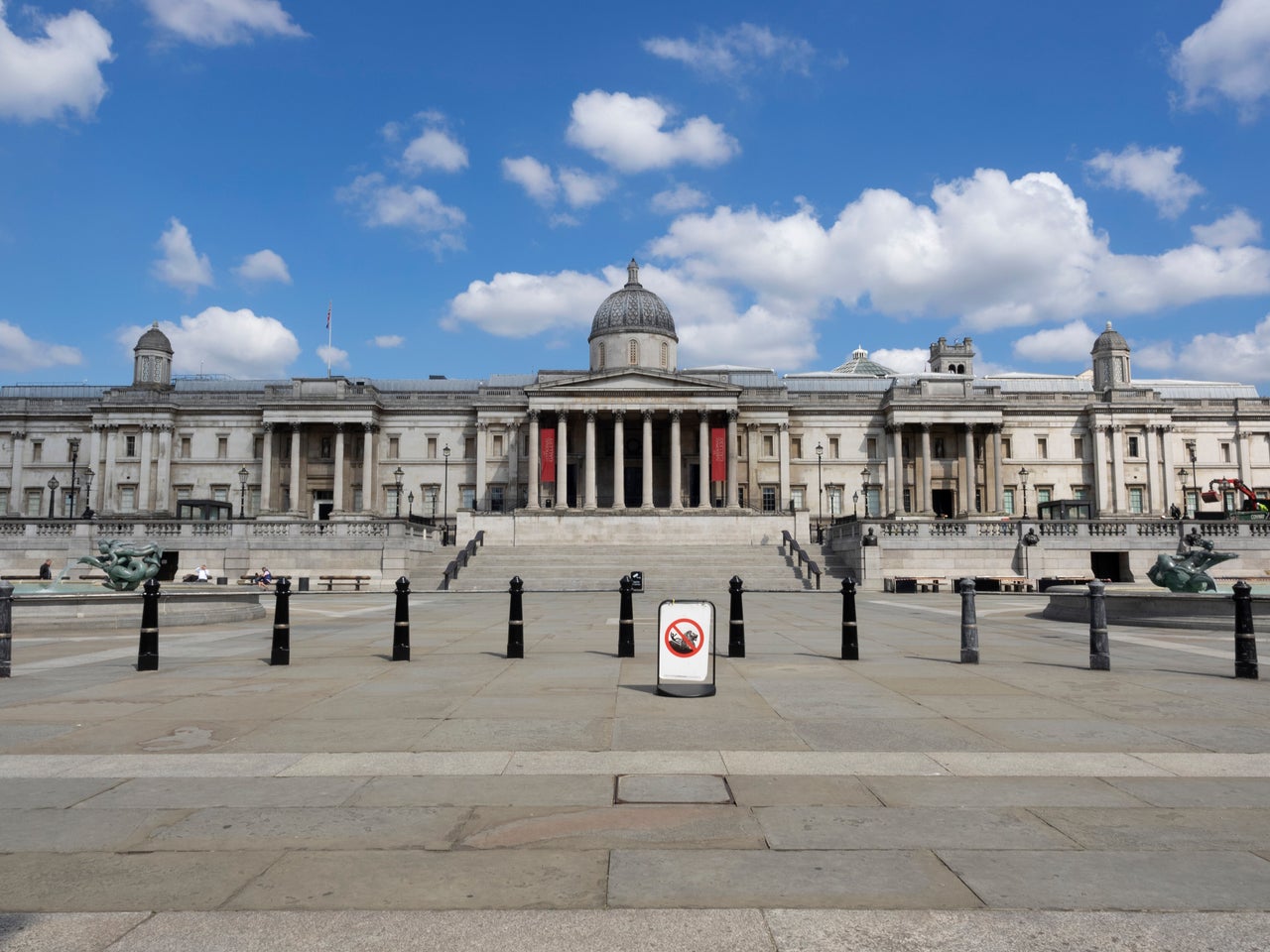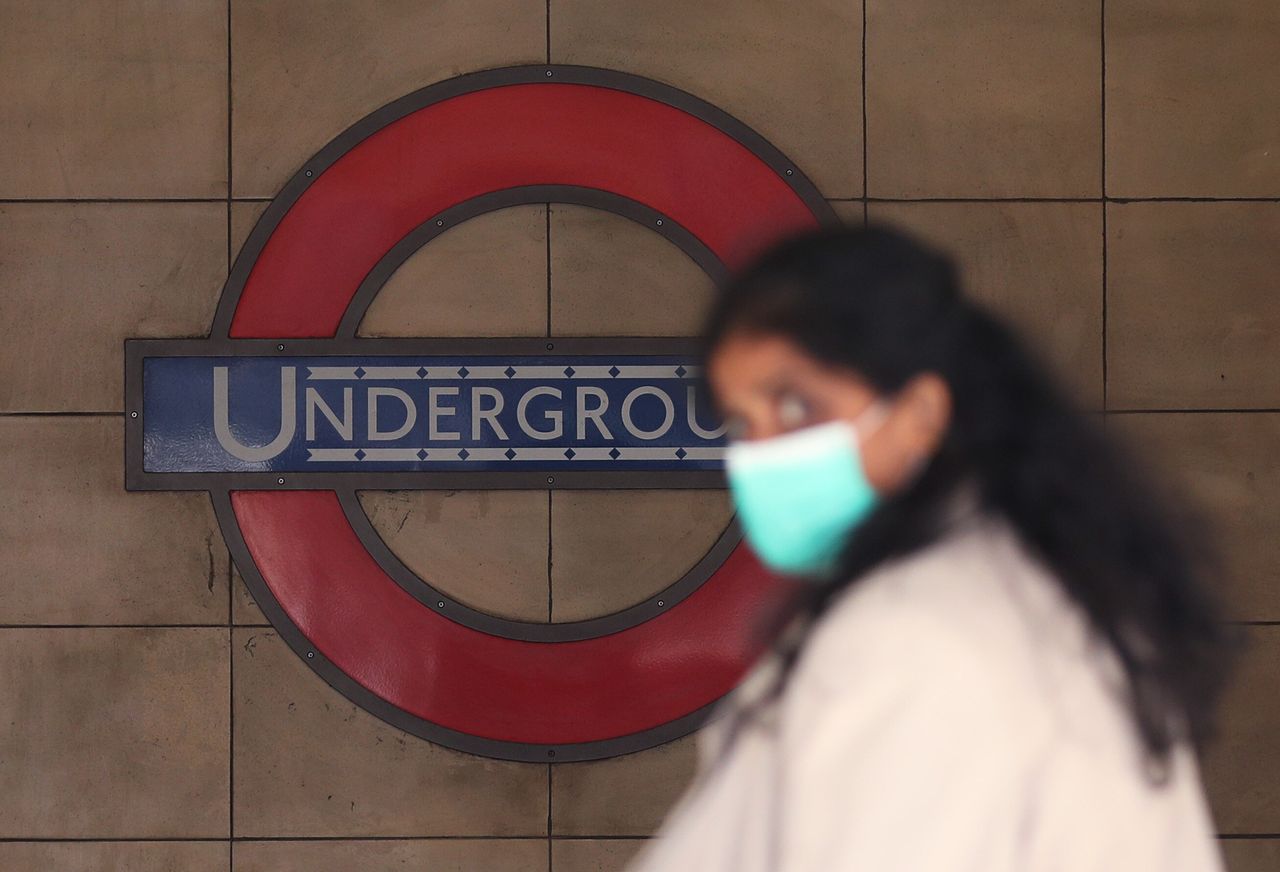At the start of 2020, most of us had never even heard of epidemiology before.
Now, the coronavirus pandemic means terms like “current R”, “flattening the curve” and “antibody testing” are bandied around in the media like we have been using them all our lives.
Even if all of this has all gone over your head, you probably heard an unlikely-sounding piece of news this week.
According to modelling by Public Health England (PHE) and Cambridge University, there are currently more than 4,000 daily Covid-19 infections in the north-east of England and Yorkshire – compared to fewer than 24 in London.
So, what’s going on with coronavirus transmission in the UK? Here’s what you need to know.
What did the modelling show?
The modelling – based on PHE data from May 10 – showed there were 11,400 daily Covid-19 infections in England.
However, these were not spread evenly across the country.
While there were estimated to be 4,320 daily infections in the north east and Yorkshire – the highest in the country – and 2,380 in the north west, there were just 23.9 in London.
There were also big regional differences in the “current R”. The capital had the lowest figure in England at 0.4, while the north-east and Yorkshire had the highest at 0.8.
The average for England was 0.75.
OK, but what do scientists mean by the ‘current R’?

The R value is the current reproduction rate of the coronavirus – i.e. how many people each person infected with Covid-19 will transmit the virus to.
If the current R is above 1.0, it means that, on average, each person with coronavirus will infect more than one person and the pandemic will continue to grow.
If the R value is below one, it means that each person ill with coronavirus will infect less than one person.
Before the lockdown was introduced, it is estimated that the R number in the UK was between 2.0 and 3.0.
The government wants to keep the R number below 1.0 to prevent the NHS becoming overwhelmed by coronavirus. On Friday, the government’s scientific advisers also said that the R number was between 0.7 and 1.0.
As the R was below 1.0 across England at the time the Cambridge University data was modelled, the number of Covid-19 cases was shown to be falling in all regions of the country.
But the model revealed that while the number of new infections was halving roughly every 3.5 days in the capital, this was happening much more slowly in the north east and Yorkshire – around every 14 days.
So, why is Covid-19 transmission so much lower in London?
Good question. According to Andy Jones, a professor in public health at the University of East Anglia and a member of the university’s epidemiology research group, there are a number of things that could be behind this.
“London was much worse hit in the early stages of the epidemic,” Jones said. “So you would expect for a number of reasons that places that were hardest hit early on will recover the quickest.
“One of the reasons is that the more people you have had infected, the less likely new people are to be infected.
“You hear about herd immunity – you basically get to a point where so many people have been infected that the chance of the virus getting transmitted gets very low.
“You need a certain number of the population to be infected to get to herd immunity,” Jones said – a number London has not come close to reaching.
“But even below that, the more people who have developed immunity because they have already had the virus, the less likely someone who is newly infected is to pass it on.
“These models suggest that 20% of the population in London has already been infected. That would be one reason to suggest why the rate of transmission in the capital is so much lower than other areas of the country.”
Another reason there has been a steeper decline in Covid-19 infections compared to the rest of the country is because London is a “fantastic place for viruses to spread”, Jones said, with a high population density and lots of people cramming onto public transport.
“You would think that the lockdown would have a particularly significant effect on London, because what it has done is remove the pathways of transmission which fed into the epidemic,” he said.
“London also has lots of people working in industries where working from home is much more possible. So there has probably been a lot bigger shift to home working compared to other parts of the country. So that’s another reason why you would see a steeper decline.”
So, does that mean London could be free of coronavirus soon?

Unfortunately, no. “If we believe this modelling, we would assume that levels of immunity are higher in London,” Jones said. “Even if 20% of the population there have had the virus, it still means that 80% have not been infected.
“So as you start removing the lockdown restrictions, the conditions that led to the coronavirus epidemic being so severe in London will just return again.
“So it would be naive to say: ‘Rates of Covid-19 are lower in London, therefore we can ease up restrictions there more.’”
Plus, it’s important to remember that – even if coronavirus was somehow totally eradicated from the capital, the city is not isolated from the rest of the country, Jones said.
